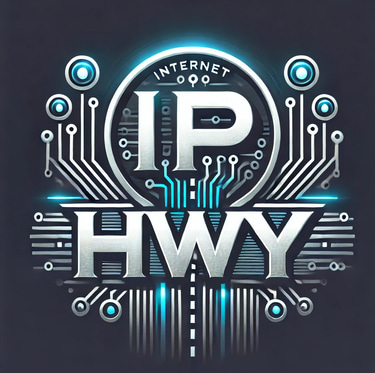Building a Secure Company Infrastructure. A Layered Approach to Long-Term Resilience
Pulling back the Layers.................
Jim Leone
5/19/20252 min read
Security isn’t a product you buy, it’s a strategy you build. In today’s landscape of constant cyber threats, rapid digital transformation, and evolving compliance demands, companies must design their infrastructure not just for performance and functionality, but for security, continuity, and scalability.
In this article, I outline a practical, step-by-step process for building a secure company infrastructure from the bottom up, grounded in my years of experience across IT, security operations, and infrastructure leadership.
1. Define the Foundation: Governance, Risk & Compliance (GRC)
Establish roles and responsibilities (CIO, CISO, SOC, NOC, IT)
Create security policies and acceptable use standards
Identify compliance requirements (e.g., PCI-DSS, HIPAA, SOX)
Conduct a risk assessment and threat model
Why first? You can’t secure what you haven’t defined. Policies are the blueprint that guide the build.
2. Build a Secure Identity and Access Infrastructure
Implement centralized identity (e.g., Active Directory or Azure AD)
Enforce Role-Based Access Control (RBAC) and least privilege
Use Multi-Factor Authentication (MFA) everywhere
Create a Privileged Access Management (PAM) strategy
Why second? Identity is the new perimeter. If access is broken, nothing else matters.
3. Architect the Network for Security
Segmentation: Separate internal, DMZ, and external traffic
Firewalls: Configure NGFWs with egress filtering
VPNs: Secure remote access with logging and MFA
DNS Security, Secure Web Gateways, and IP Whitelisting
Zero Trust Network Architecture (ZTNA) when feasible
Why now? A flat network is an attacker’s playground. Segmentation is damage control before damage happens.
4. Endpoint & Server Security
Use hardened baselines (CIS/NIST) for Windows, Linux, and devices
Deploy EDR/XDR across all endpoints with SOC visibility
Limit local admin rights
Use application allowlisting or blocklisting
Why here? Endpoints are the most common entry point for threat actors.
5. Secure Core Infrastructure: Email, DNS, Directory Services
Protect email with SPF, DKIM, DMARC, and phishing filters
Harden DNS servers and use DNSSEC where possible
Harden AD (admin tiering, no domain admins logging in interactively, disable legacy protocols)
Disable SMBv1, enforce LDAP signing, patch regularly
Why? These services are business-critical and often exploited in post-exploitation stages.
6. Implement Security Monitoring and Visibility
Deploy a SIEM/SOAR platform
Aggregate logs from firewalls, servers, endpoints, cloud, etc.
Monitor for privilege changes, lateral movement, exfiltration
Enable alerting and define response playbooks
Why? You can’t stop what you can’t see. Detection closes the gap between breach and response.
7. Patch & Vulnerability Management
Scan for vulnerabilities weekly (internal and external)
Prioritize patching based on exploitability and asset criticality
Maintain a patching SLA (e.g., 7 days for critical)
Use WSUS/Intune or a 3rd party for Windows, and automation for Linux
Why? Known vulnerabilities are how 90% of attacks happen.
8. Data Protection and Backup Strategy
Classify data (Public, Internal, Confidential, Regulated)
Encrypt data at rest and in transit
Use immutable backups and test recovery monthly
Offsite or cloud backups with 3-2-1 rule
Why? Data is the crown jewel. Ransomware thrives where recovery fails.
9. Secure Application & Cloud Environments
DevSecOps: Security baked into CI/CD
Perform regular code reviews and static analysis
Secure API access and cloud configurations (use CSPM tools)
Implement least privilege IAM roles in cloud platforms
Why now? Apps and cloud are where innovation happens, and where risk expands if unchecked.
10. Business Continuity and Incident Response
Create and test incident response plans (tabletop and live)
Establish a disaster recovery plan for critical systems
Ensure offsite or cross-region redundancy
Create communication plans for breach scenarios
Why last? Security is not just prevention, it’s about surviving the inevitable.
A secure infrastructure is never “done.” It evolves with your company, your threats, and your people. The key is to approach it layer by layer, focusing first on the foundations of identity, access, and segmentation, before moving up the stack to monitoring, applications, and continuity.
The IP HighWay
Stay updated with the latest IT security news.
info@iphwy.com
© 2025. IPHwy LLC. All rights reserved.



